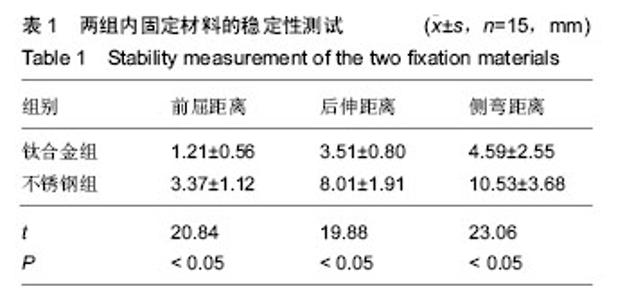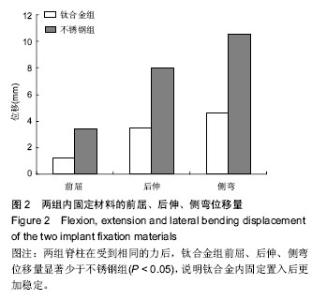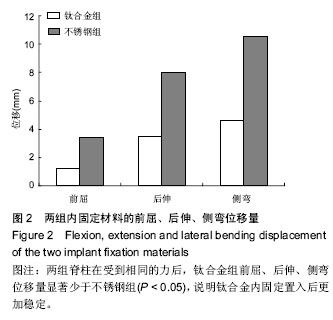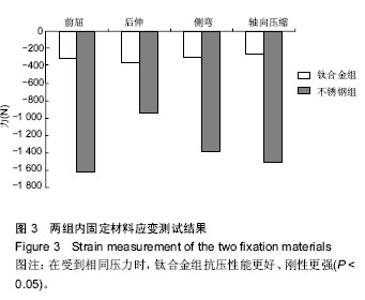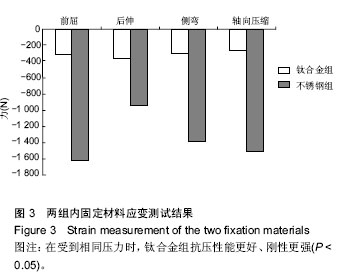| [1] Karn NK,Rao BS,Prabhakar MM,et al.Minimal invasive anterior decompression in tuberculosis of thoracolumbar junction of the spine--experience with SynFrame.JNMA J Nepal Med Assoc. 2009;48(175):262-264.
[2] 詹子睿,张西峰.CT导引经皮介入置管灌洗、局部持续化疗治疗脊柱结核的研究[J].吉林医学, 2010,31(18):2807-2809.
[3] 黄湘荣,陆普选,詹子睿,等.经皮穿刺置管灌注化疗治疗脊柱椎体结核脓肿[J].当代医学,2010,16(17):327-331.
[4] 黄志刚,王耀,詹子睿,等.CT引导下经皮穿刺置管微创治疗脊柱结核[J].中国当代医药,2010,17(24):45-46.
[5] 张西峰,夏志敏,王岩,等.微创方法提高病灶内药物浓度治疗脊柱结核的临床分析.第三军医大学学报, 2009, 31(20):1936-1939.
[6] Theron G,Peter J,Calligaro G,et al.Determinants of PCR performance(Xpert MTB/RIF),including bacterial load and inhibition,for TB diagnosis using specimens from different body compartments.Sci Rep. 2014;4:5658.
[7] Pu X,Zhou Q,He Q,et al.A posterior versus anterior surgical approach in combination with debridement,interbody autografting and instrumentation for thoracic and lumbar tuberculosis.Int Orthop. 2012;36(2):307-313.
[8] 张宏其,唐明星,郭超峰,等.单纯经后路内固定病灶清除椎体间植骨治疗上胸段脊柱结核[J].中国脊柱脊髓杂志, 2012,22(7):617.
[9] 施建党,王自立,马小民,等.病灶清除植骨内固定治疗相邻多椎体脊柱结核[J].中国脊柱脊髓杂志,2012,20(2):98.
[10] 刘鹏,赵建华,李起鸿,等.病灶清除植骨融合联合内固定治疗脊柱结核[J].中国脊柱脊髓杂志,2012,15(7):417.
[11] 郝定均,温世明,何思敏,等.前路一期病灶清除植骨内固定治疗胸腰椎结核的疗效观察[J].中国脊柱脊髓杂志, 2013, 13(11):652.
[12] Khalid M,Siddiqui MA,Qaseem SM,et al.Role of magnetic resonance imaging in evaluation of tubercular spondylitis:pattern of disease in 100 patients with review of literature.JNMA J Nepal Med Assoc.2011;51(183):116-121.
[13] 陆晓生,黄湄景,赵劲民,等.CT引导下经皮微创治疗脊柱结核的近期疗效[J].实用骨科杂志, 2014,20(12):1096-1099.
[14] 武士科,高文山,卜宏建,等.有限病灶清除联合局部化疗治疗脊柱结核的临床应用研究[J].当代医学, 2015,21(2): 99-101.
[15] 黄震,蔡秀华,尹应雄,等.持续灌洗局部化疗闭式负压引流治疗脊柱结核的临床疗效[J].中国社区医师, 2014,30 (25): 50-51.
[16] 高书明,李民,陈汉文,等.CT引导经皮微创与传统开放手术治疗脊柱结核疗效比较[J].现代中西医结核杂志, 2013, 22(16):1765-1766.
[17] 廉会存.CT引导下经皮穿刺持续冲洗引流+局部化疗治疗脊柱结核的临床应用研究[J].河南外科学杂志, 2013, 19(2):111-112.
[18] Christodoulou AG,Givissis P,Karataglis D,et al. Treatment of tuberculous spondylitis with anterior stabilization and titaniumcage.Clin Orthop Relat Res. 2006;444(1):60-65.
[19] Jin D,Qu D,Chen J,et al.One-stage anterior interbody auto-grafting and instrumentation in primary surgical management of thoracolumbar spinal tuberculosis.Eur Spine J.2004;13(2):114-121.
[20] Sell P.Expert's comment concerning Grand Rounds case entitled"Posterior listhesis of a lumbar vertebra in spinal tuberculosis”.Eur Spine.2011;20(1):6.
[21] Sumant S. Comment on Oguz et al: A new classification and guide for surgical treatment of spinal tuberculosis.Int Orthop.2010;34(4):613.
[22] 施建党,王自立,耿广起.单纯应用抗结核药物治疗早期脊柱结核的疗效观察[J].中国脊柱脊髓杂志, 2011,21(10):798.
[23] 孟丹,谢秋菲.新型壳聚糖微球/磷酸钙骨水泥的动物体内植入研究[J].北京大学学报(医学版),2009,41(11):80.
[24] 刘越.具有缓释rhBMP-2作用的仿生骨支架的构建及其体外生物活性评价[J].中国矫形外科杂志, 2011,19(20):1726.
[25] Chhabria M,Jani M,Patel S. New frontiers in the therapy of tuberculosis:fighting with the global menace. Mini Rev Med Chem.2009;9(4):401-430.
[26] Guo LX,Ma YZ,Chen X,et al. Clinical study of short -course chemotherapy combined with radical operation in retreating spinal tuberculosis.Zhong guo Gu Shang. 2010;23(7):491-494.
[27] 施建党,王自立,耿广起,等.手术并超短程化疗治疗脊柱结核的5年以上疗效观察[J].中国脊柱脊髓杂志, 2013, 23(6): 481-487.
[28] 刘鹏,江建明.高效液相色谱法测定脊柱结核化疗后组织内利福平和去乙酰利福平的浓度[J].中国医科大学学报, 2011,40(7):665-668.
[29] 刘鹏,江建明,周枝凤.HPLC法检测脊柱结核病椎内外异烟肼和乙酰异烟肼浓度[J].南方医科大学学报, 2010, 30(2):364-367.
[30] Jain AK.Tuberculosis of the spine: a fresh look at an old Disease.J Bone joint Surg.Br.2010;92(7):905:913.
[31] AL-Iamel FA.Detection and diagnosis of Mycobacterium tuberculosis.Expert Rev Anti Infect Ther.2009;7(9):1099-1108.
[32] Lalvani A,Pareek M.Interferon gamma release assays:principles and practice.Enferm infece Microbiol Clin.2010;28(4):245-252.
[33] 王永生,刘蔺,周航,等.结核感染T细胞斑点试验在结核诊断中的应用[J].四川医学,2013,34(1):10-12.
[34] 祁明浩,沈凌,叶健,等.γ干扰素释放分析T-SPOT TB 在成年人肺结核诊断中的临床价值[J].疾病监测, 2013, 28(2): 115-117.
[35] Jain AK,Jena SK,Singh M,et al.Evaluation of clinico radiological.bacteriological.serological.molecular and histological diagnosis of Osteoarticular tuberculosis. India J orthop.2008;42(2):173-177.
[36] Vijayaraghavan VL,Sabane AV.Hypersensitivity to titanium: a less explored area of research.J Indian Prost-hodont Soc.2012;12(4):201-207.
[37] Schalock PC,Thyssen JP.Metal hypersensitivity reaction to implants: opinions and practices of patch testing dermatologists.Dermatitis.2013;24(6):313-320.
[38] Frigerio E,Pigatto PD,Guaai G,et al.Metal sensitivity in patients with orthopaedic implants: a prospective study.Contact Dermatol.2011;42(2):473-478.
[39] 黄群,董启榕,陈明,等.金属对金属全髋关节置换术后金属过敏反应的研究进展[J].中华创伤骨科杂志, 2013,15(11): 11-15.
[40] 孙航,刘绍辉,智华.接骨钢板的材料学特征及临床应用[J].中国组织工程研究与临床康复,2010,14(8):1459-1461. |
